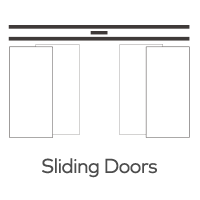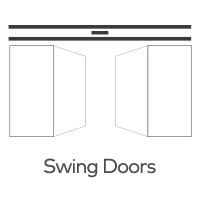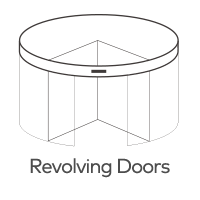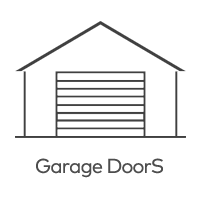What is the typical lifespan of automatic door infrared sensors, and when should they be replaced or upgraded?
Automatic doors, with their seamless convenience and enhanced accessibility, have become a ubiquitous feature in our daily lives, gracing the entrances of commercial buildings, shopping centers, hospitals, and even some residential properties. At the heart of these futuristic entrances are the automatic door infrared sensors, which play a pivotal role in detecting the presence of people and ensuring safe and efficient operation. As with any technology, these sensors have a finite lifespan, and understanding when they should be replaced or upgraded is crucial to maintaining the functionality and safety of these entrance systems. In this article, we explore the typical lifespan of automatic door infrared sensors and provide guidance on when and why they should be replaced or upgraded.
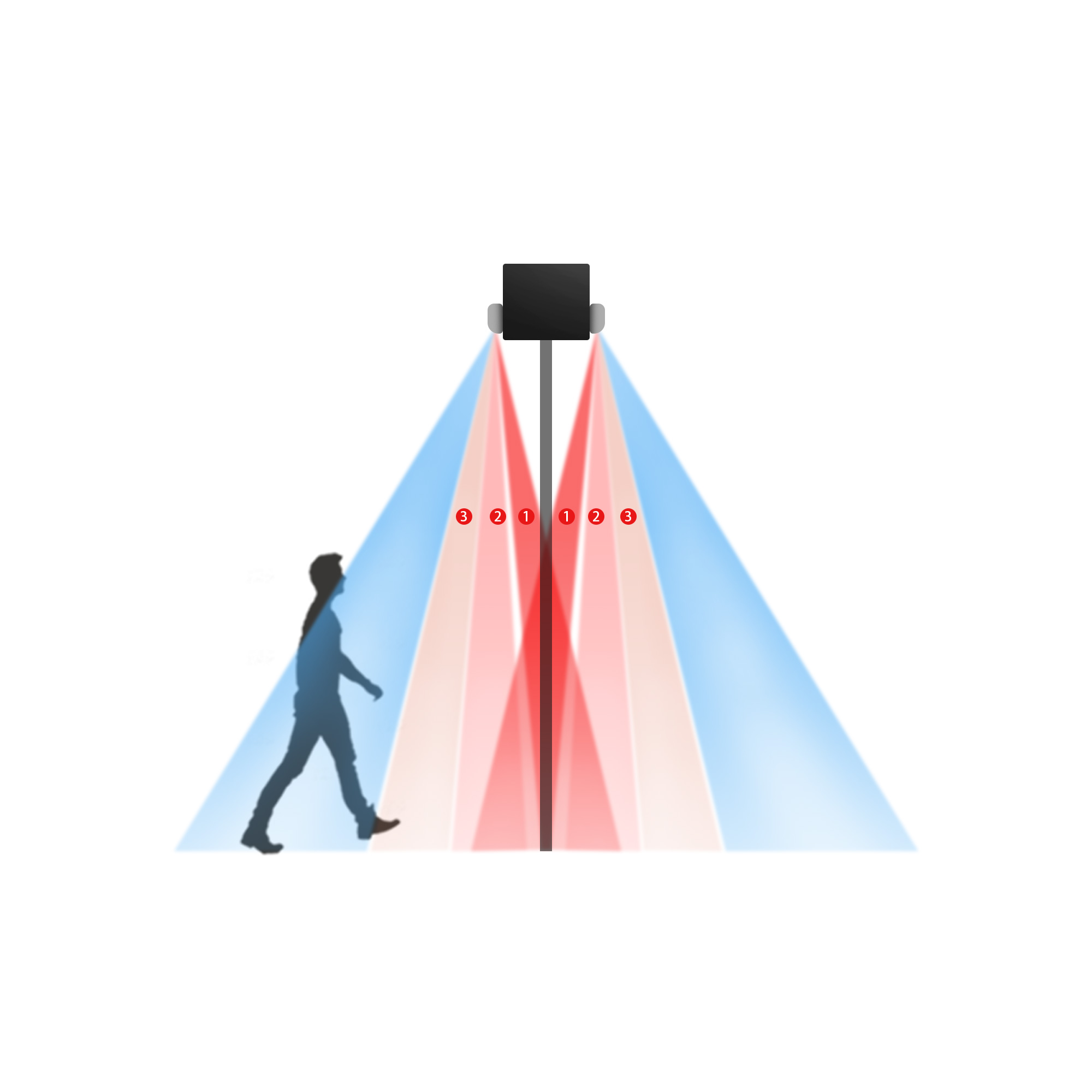
The Basics of Infrared Sensors
Automatic door infrared sensors, often referred to as motion sensors or motion detectors, are designed to detect motion or the presence of objects within their range using infrared technology. These sensors emit infrared light and analyze the reflected signals to determine if there is an obstruction or movement. When someone approaches the door, the sensor sends a signal to the door mechanism, which opens the door automatically.
Typical Lifespan of Infrared Sensors
The lifespan of automatic door infrared sensors can vary depending on several factors, including the quality of the sensor, its usage, and environmental conditions. However, on average, these sensors can be expected to last anywhere from 5 to 10 years. High-quality sensors with robust construction and efficient components tend to have a longer lifespan, while those in high-traffic areas may wear out more quickly due to constant use.
When to Replace or Upgrade Infrared Sensors
1. Malfunction or Unreliable Performance: The most apparent sign that an infrared sensor needs replacement or upgrade is when it begins to malfunction or its performance becomes unreliable. If the door doesn't open consistently or remains open when no one is present, it's a clear indicator that the sensor is failing.
2. Obsolete Technology: As technology evolves, older infrared sensors may become outdated. Upgrading to more advanced sensors can improve the efficiency and security of your automatic door system.
3. Changes in Environmental Conditions: Environmental factors can affect sensor performance. Extreme temperatures, humidity, or exposure to direct sunlight can cause wear and tear on the sensor components. If you notice that the sensor's performance degrades due to changing environmental conditions, it might be time for a replacement or upgrade.
4. Safety Concerns: Safety should always be a priority, especially in high-traffic areas. If you suspect that your sensor isn't reliably detecting people or objects, it's crucial to replace or upgrade the sensor to ensure the safety of building occupants.
5. Frequent Repairs: If you find yourself frequently repairing the same sensor, it might be more cost-effective to replace it with a new or upgraded model. Frequent repairs can add up in terms of maintenance costs and downtime.
6. Compliance with Regulations: Regulations and safety standards may evolve over time. It's essential to stay current with these requirements, and if your existing sensors no longer meet the necessary standards, an upgrade becomes a priority.
Conclusion
Automatic door infrared sensors are the unsung heroes of modern accessibility and convenience. Understanding their typical lifespan and recognizing when to replace or upgrade them is essential to maintaining the functionality and safety of automatic doors in various settings. Regular maintenance and periodic assessments of sensor performance can help identify issues early, ensuring that your automatic doors continue to provide seamless operation and enhanced accessibility for years to come. Upgrading to more advanced sensor technology can not only extend the lifespan of the sensors but also improve the overall performance and efficiency of your automatic door systems.


